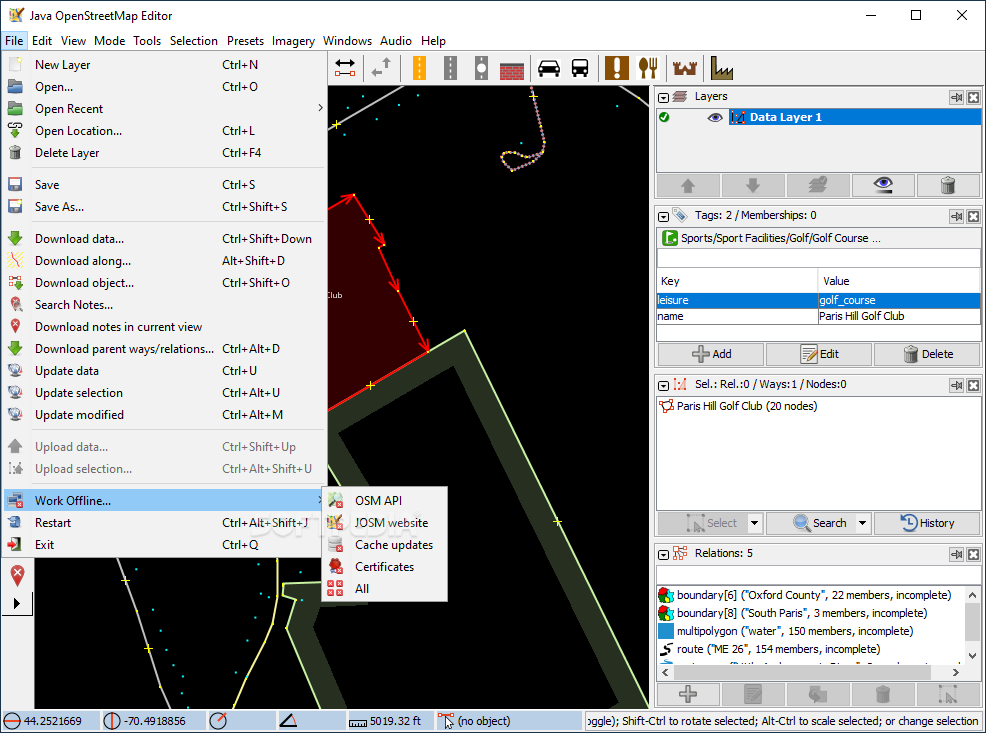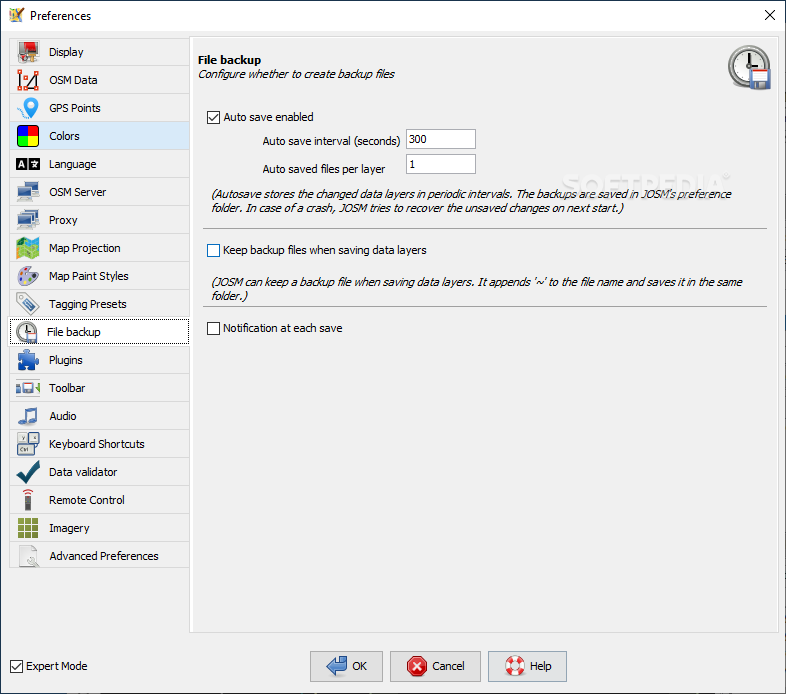

This shows how you would typically avoid filling your disk with bloated XML data by uncompressing a. It's a java command line tool letting you extract a bounding box on the unix command line with something like this: bzcat 2 | osmosis\ Osmosis is the most widely used tool for this. If you need a different city or different bounding box, then you need to get one of the massive downloads you mentioned (either a country extract, or the whole planet) and then extract a piece out of it. This service offers ready-made downloads for some world cities. osm file into PostGIS database using osm2pgsql, and then use GIS desktop tools to view it. The easiest entry to this (which is not all that easy) would probably be to load a large. You're really out of the realm of fun little GUI tools and into big data GIS. What if a city is too big to load into JOSM? There's some other options (as follows) but when you're dealing with this amount of data there's no escaping the fact that it's going to be a little bit difficult to "use". It's the only way to get a proper understanding of OpenStreetMap, and it's fun!

Add your local restaurant to the map or something like that. Anyone with even a passing interest in maps should give this a go. Just click 'upload' to send changes back to OpenStreetMap (you'll need to create an OpenStreetMap account) If you didn't try OpenStreetMap editing yet, you really should. Although it's reasonably nice data viewer, the primary purpose of JOSM is to be an OpenStreetMap editor. to what you might be used to, so this conversion is always a bit lossy.Īs an aside. to shapefile, but bare in mind the data is. You can configure the way JOSM displays the data to some extent, but for nice looking maps you'd probably want to look at rendering tools designed to work with OSM files. The search feature is quite powerful, allowing you to select elements with particular tags, but beyond that it really depends what kind of "use" you have in mind. Generally a whole city is way too big, but you might be able to get a good a chunk of data by requesting several rectangular areas.įor "using" the data JOSM lets you see the data and have a good poke around in all the tags. This will reject any request which is way too big, and if it's a little bit too big it will spend a long time thinking about it.
#Java openstreetmap editor download#
It's easy to download data, and easy to "use" data.įor downloading, JOSM provides a simple interface to let you select a rectangular area to download, however it downloads this via the editing API. Open any relation from directly in JOSM.Perhaps the easiest answer to both parts of your question, is to use JOSM. It is also accessible by pressing F1 within the application (context sensitive help) It is intended to be used as a reference manual, rather than reading from end-to-end.
#Java openstreetmap editor manual#
The JOSM Help manual should provide more exhaustive in-depth explanations of each JOSM feature. Two Minute Tutorials: Drawing Buildings in JOSM.Several good tutorials have been created and shared by the Humanitarian OpenStreetMap Team via YouTube: Video Tutorials Main article: Video tutorials#JOSM video collection This is a descriptive guide providing a simple introduction. It is intended for beginners to read the guide from the beginning.

The Guide will take you through getting started, downloading some data, basic editing and more advanced editing features.

JOSM screenshot, editing in Cleveland, Ohio, USA JOSM/Guide


 0 kommentar(er)
0 kommentar(er)
